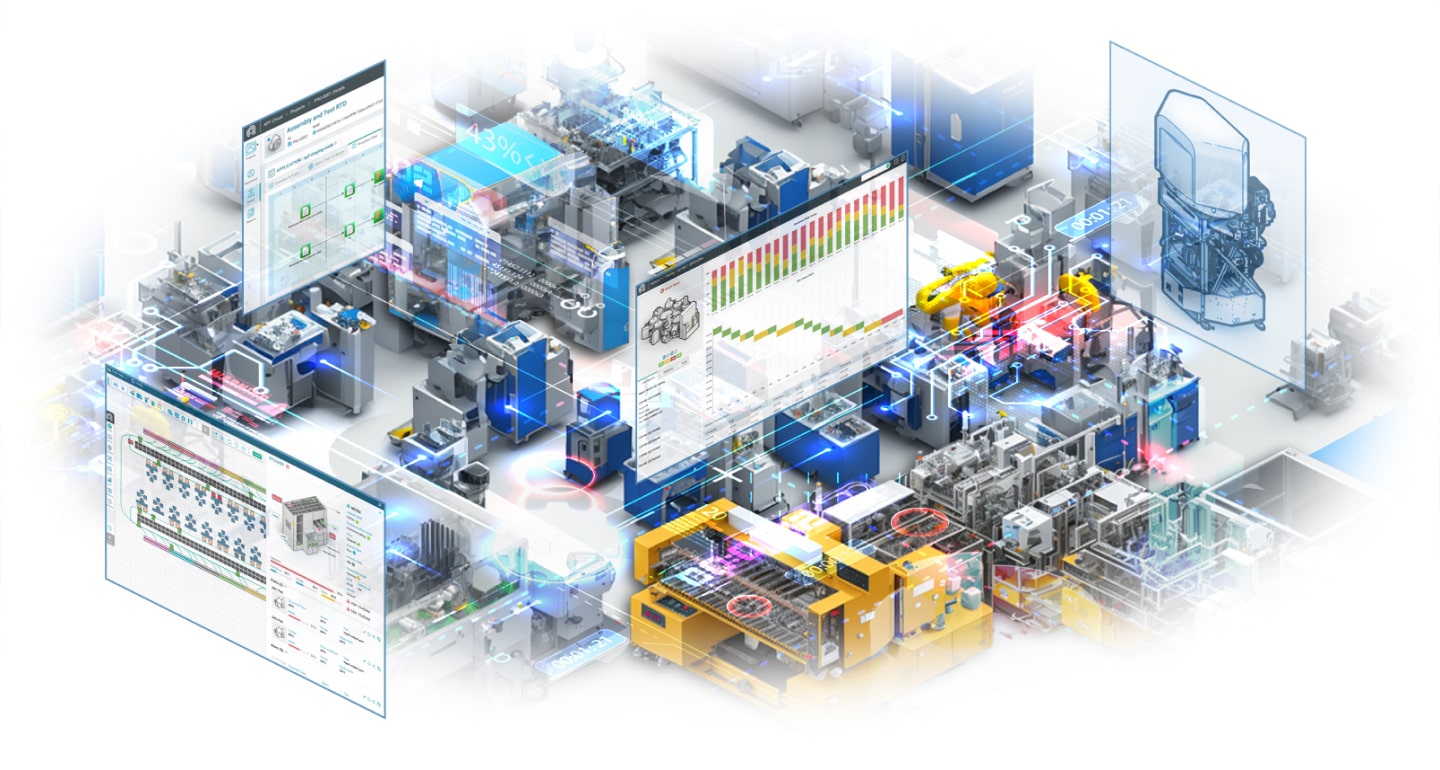Advancing factory automation with SmartFactory solutions
Increase quality and productivity in factories of any size
Applied SmartFactory wins ST Micro Award for sharing best practices on:
Increasing factory throughput
through automation

Reliability and Quality
To ensure confidence in the products and services automation provides, it’s essential to prioritize quality and reliability across every stage of the manufacturing process for any size factory.
Applied SmartFactory Integrated Solutions
A complete automation solution for manufacturing. It’s backed by our team of automation experts who develop integrated solutions to take care of you and your customers.
Automation solutions built for your market


